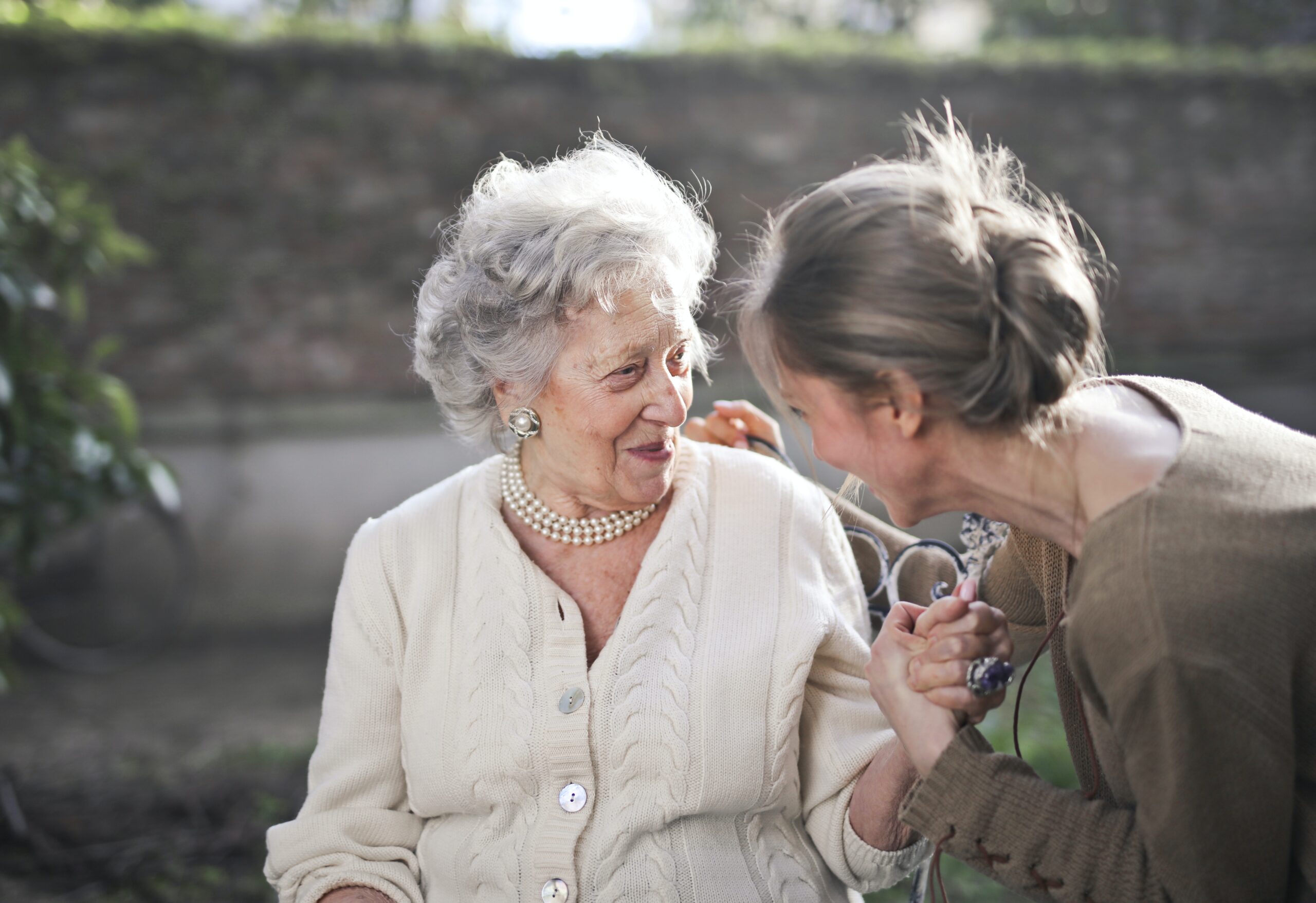The news of a loved one’s diagnosis with Dementia or Alzheimer’s Disease can reshape lives and trigger a surge of emotions. At Alavida Lifestyles, we understand the magnitude of this moment, which is why we’re dedicated to delivering exceptional memory care.
Recognizing the significance of keeping your loved one active and connected to both life and their community, we’ve taken deliberate steps. In all our communities, we’ve introduced a specialized Gentle Persuasive Approach (GPA) for all our nursing and care staff. This ensures that our team is equipped with the knowledge and tools to put your loved one’s well-being at the forefront of their care journey. Read on as our Director of Care and Clinical Services, Maggie Beckett dives into the benefits of the Gentle Persuasive Approach.
What is the Gentle Persuasive Approach?
The Gentle Persuasive Approach is a Canadian certification for all healthcare workers who communicate with and care for residents with dementia. It is a distinctly Canadian-made program focusing on the person behind the disease. At Alavida Lifestyles, we strive to embrace each resident’s unique experience as they age in place. The key principles of GPA include the idea of personhood, recognizing the person behind the disease, supporting residents with strengths and their deficits, that all behaviour has meaning, and to understand behaviours associated with dementia, we must know the person behind the illness. “People with dementia aren’t giving us a hard time; they are having a hard time. It is our responsibility to live in the moment with them and facilitate the feeling of usefulness, safety, and happiness”, says Maggie.
How is it different?
Some older dementia care models focus on reality orientation, which attempts to reorient the person back to objective reality. “We now know this is ineffective, and revert to validation as a form of therapy, which is a big part of GPA. Validation therapy allows the caregiver to jump into the resident’s subjective reality; in doing so, they can understand the resident’s emotional state”, says Maggie. Validation therapy is the process of communication that allows us to jump into a resident’s reality to provide an empathetic and compassionate response to what they are going through.
What are the benefits?
GPA can be very effective with residents feeling fear, frustration, anger or pain. Sometimes, residents with dementia cannot verbalize their needs, and because of this, they may exhibit disruptive or dangerous behaviours. “That’s why it is so important to use the GPA at all times to better serve and care for our residents. When we can understand the unmet need behind the behaviour, we can comfort our residents in real ways and prevent further anxiety or agitation from happening in the future”, says Maggie.
What does the training process typically involve?
The GPA course is a full-day course taught by a certified GPA instructor. It involves multiple learning modules, incorporating different learning styles to ensure that the key focus of GPA is understood. During our GPA sessions at Alavida Lifestyles, our care staff learn about an introduction to personhood, brain and body since medical and physiological information is taught to better understand the signs and symptoms of dementia, interpersonal environments and most importantly, the value of empathy and human connection.
A success story
“In my time as a geriatric nurse, I cared for a lovely resident who was very pleasant and had many children and grandchildren. One evening, she was so anxious that she didn’t have any groceries for the next morning because she thought her family would be there for breakfast and she would have nothing to feed them. We couldn’t reassure her, so instead, we went to the main kitchen in the building with her, and she brought a loaf of bread, some eggs, butter, and orange juice to the kitchen on her floor. She then returned to our floor and put these “groceries” in our floor kitchen. She settled after that and went to bed. The next day, I spoke with her daughter about it. Her daughter explained that her father (the resident’s husband) had died very young, and the resident had to work hard to feed and clothe her children. The previous evening, she must have been reliving some of the anxiety she must have felt in the past about food insecurity. We used validation therapy effectively by jumping into the resident’s reality to allow her to go through the experience of getting groceries and putting groceries in the fridge. This allowed the resident to relax and be aware that she was taking care of her kids. It was a wonderful experience”, says Maggie.

